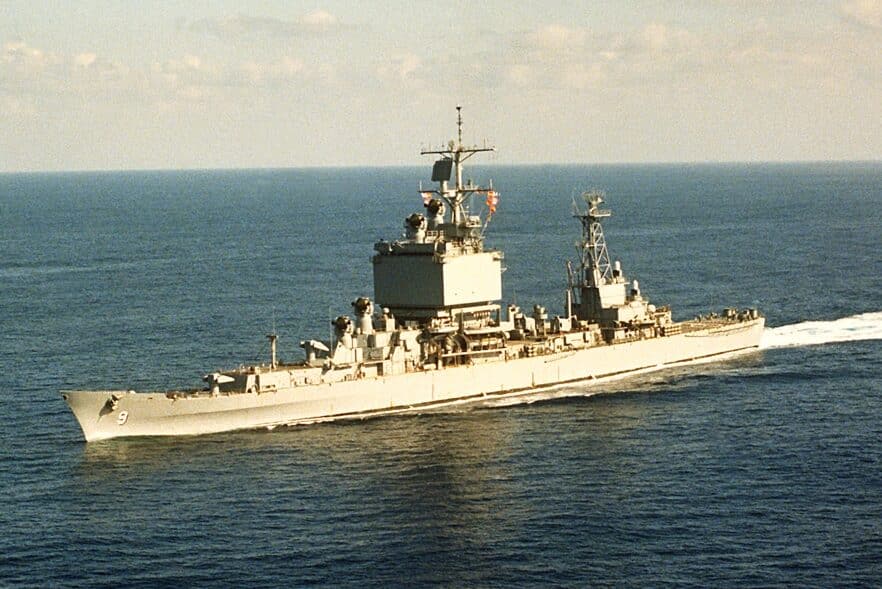The article "USS Long Beach: America’s First Nuclear-Powered Cruiser" details the history and legacy of the USS Long Beach (CGN-9), the first nuclear-powered cruiser in the United States Navy. The naval vessel, decommissioned in February 2017, has presented significant disposal challenges due to its nuclear reactors, which must be safely removed. This has prompted a costly and lengthy process, highlighting the complexity and financial burden of managing decommissioned nuclear-powered ships. The USS Long Beach's unique construction combined traditional cruiser design with advanced nuclear technology, paving the way for innovations in naval propulsion and defense.
The article highlights key events in the USS Long Beach's service life, including its role in creating Task Force 1 during Operation Sea Orbit in 1964, achieving a historic unrefueled circumnavigation. In its operational history, the cruiser participated actively during the Vietnam War and various other missions, showcasing its advanced weaponry like the Talos and Terrier missile systems. Despite its contributions, evolving strategic needs and the high operational costs led to its early decommissioning, along with other nuclear-powered surface vessels, before the end of the 1990s.
The USS Long Beach's decommissioning and eventual scrapping reflect broader challenges faced by nuclear-powered naval vessels. While nuclear power offered the promise of nearly unlimited operational range, the costs and complexities of maintaining and dismantling these ships proved substantial. The legacy of the USS Long Beach lives on through ongoing use of nuclear propulsion in submarines and aircraft carriers, although its unique place in naval history remains a subject of considerable historical interest. For more detailed information, visit the original article: USS Long Beach: America’s First Nuclear-Powered Cruiser.

No comments:
Post a Comment